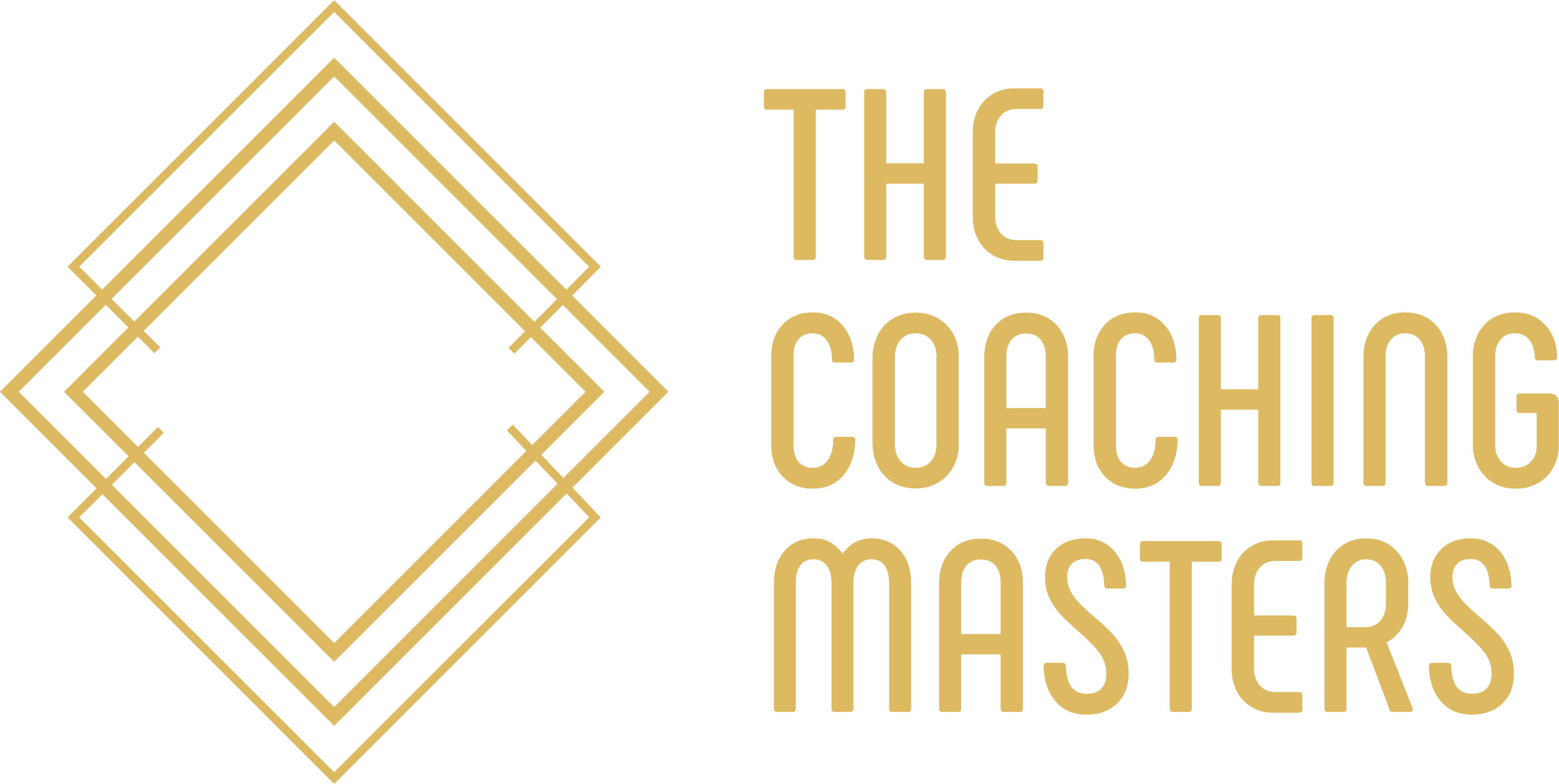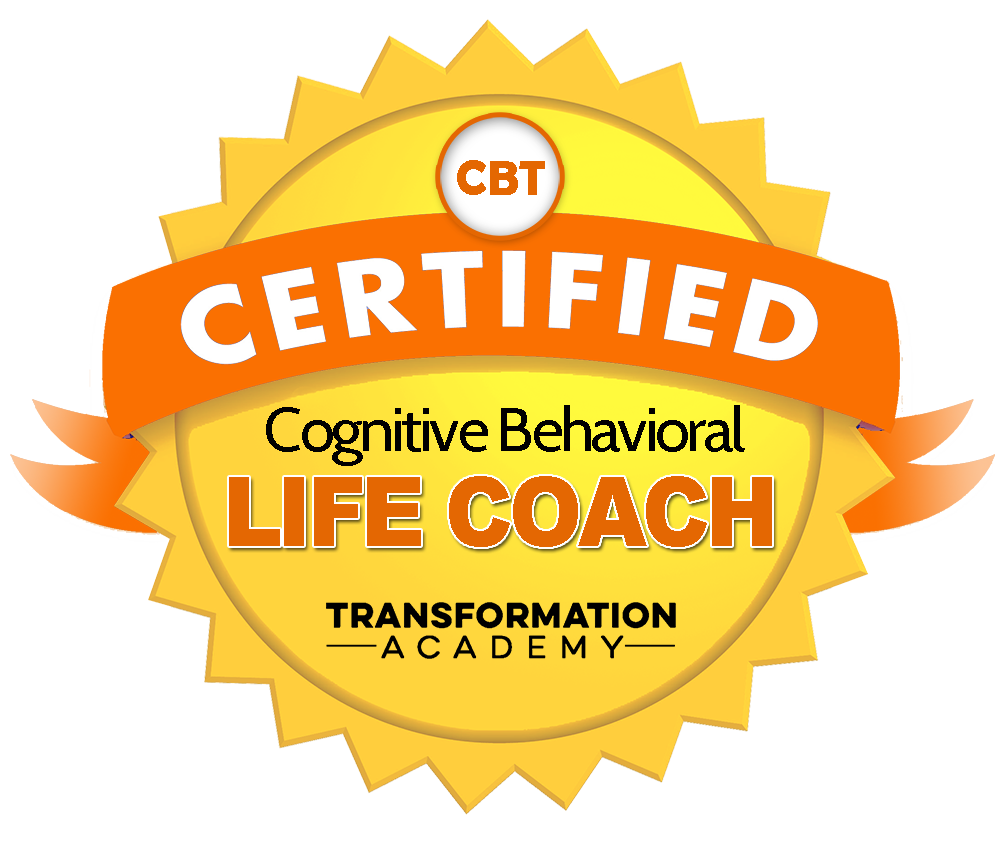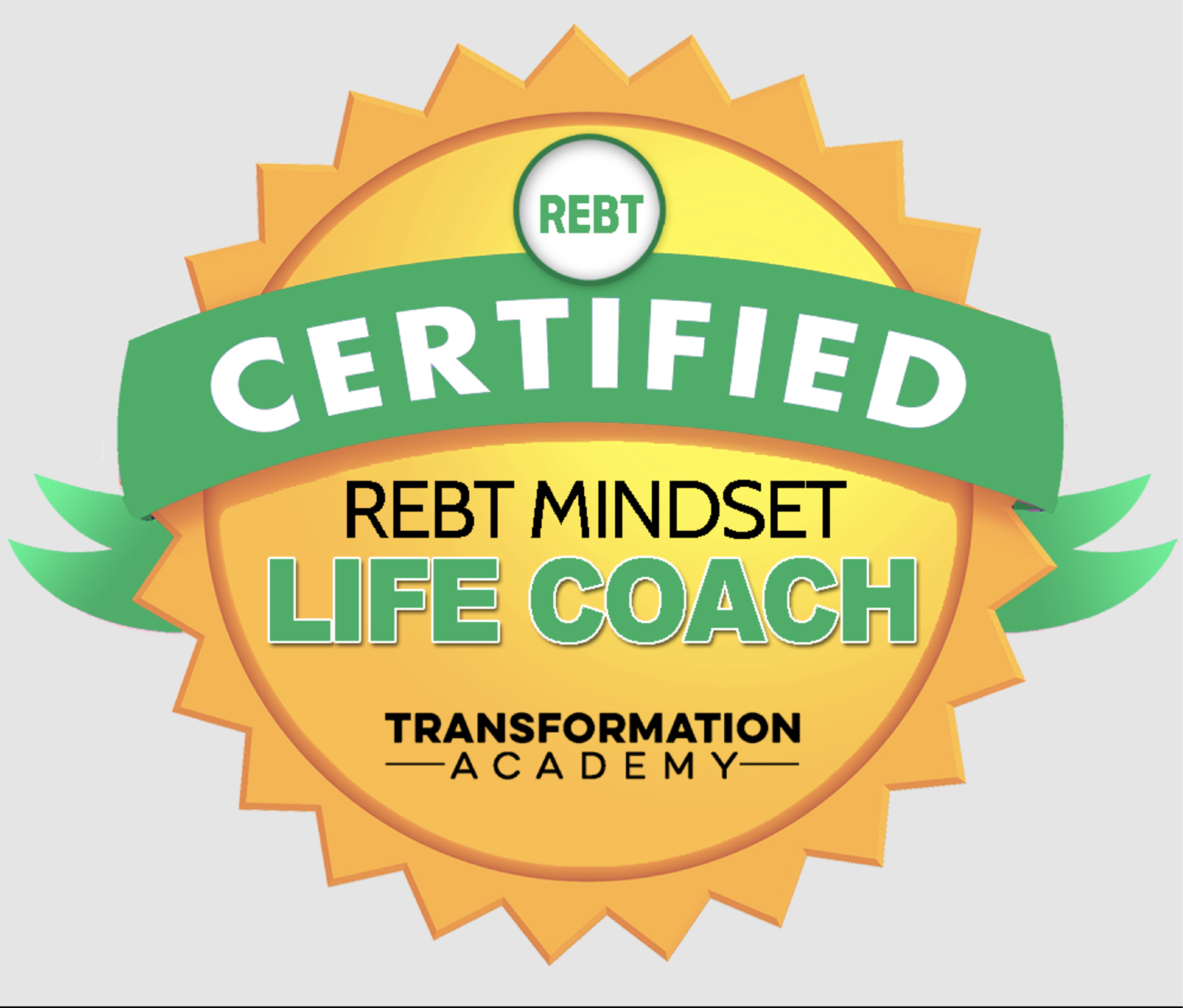A Gift of Sight: Visual Perception Treatment for Autistic Children

Autism is a complex condition that affects each child differently, making it challenging to identify the most effective treatments for managing its diverse symptoms. One of the less obvious yet significant issues that some autistic children face is visual perception problems. Although not all autistic individuals experience visual difficulties, many struggle with how they perceive the world visually. Addressing these issues can make a tremendous difference in their ability to learn, interact socially, and manage their environment. By employing methods aimed at improving visual perception, parents and caregivers can help their autistic children see the world more clearly, potentially alleviating some behavioural issues and enhancing overall comprehension.
Understanding Visual Perception Problems in Autism
Visual perception problems in autistic children often stem from sensory overload and distortion. This isn’t unique to autism, many neurotypical individuals also experience visual difficulties such as sensitivity to light, colours, shapes, and patterns. However, for children with autism, these challenges are frequently amplified, making it even harder for them to process their surroundings. The overwhelming sensory input can cause them to become overstimulated, leading to behavioural outbursts or complete withdrawal.
Sensory overload in autism might be triggered by everyday stimuli that seem benign to others, like the flicker of fluorescent lights, the contrast between certain colours, or the complexity of patterns. These seemingly small disturbances can create a chaotic and overwhelming experience for the child, interfering with their ability to focus, learn, and even interact with others.
There is also a genetic component to consider. If one or both parents have experienced visual perceptive problems, such as difficulties with reading or other tasks requiring visual processing, it’s more likely that their child may experience similar issues. This genetic predisposition, compounded by autism, can make visual perception treatment an important avenue to explore.
The Irene Method: A Promising Approach
One promising treatment for visual perception disorders in autistic children is the Irene Method, which uses colour to help harmonise the way an individual sees the world. The foundation of this method is based on the use of colour filters to reduce sensory overload and distortion. If you've ever heard of using coloured overlays to assist with reading, you may already be familiar with this approach.
The Irene Method is particularly useful for autistic children who struggle with reading, as placing a collar filter over the page can significantly improve reading speed and comprehension. This is especially beneficial for children who experience difficulty processing the contrast between black text and white paper. However, the benefits of the Irene Method extend beyond just reading; many autistic children find that using colour filters throughout the day helps reduce visual overload in a broader sense.
In more advanced applications of the Irene Method, specialised glasses with coloured lenses are used. These glasses are custom-fitted to the child’s specific needs, as not every child will respond to the same colour in the same way. Finding the right colour lens is often a process of trial and error, but once the correct filter is identified, it can make a world of difference. These glasses help by blocking harmful light frequencies, enabling the child to see more clearly and reducing sensory overload.
Another adaptation of this method involves using coloured light bulbs in the home environment. By adjusting the lighting in key areas of the house, caregivers can create a more calming and manageable visual atmosphere for the child. In this way, the Irene Method provides a comprehensive approach to addressing visual perception challenges, allowing the child to navigate their world with greater ease.
Key Benefits of Visual Perception Treatment
The Irene Method and other visual perception treatments can benefit autistic children in four main areas: depth perception, social interaction, learning, and physical well-being.
1. Improving Depth Perception: One of the fundamental difficulties some autistic children face is distinguishing how far away objects are. Poor depth perception can make everyday tasks more challenging, such as walking down stairs, reaching for objects, or even playing with toys. The use of colour filters helps create a clearer, more three-dimensional world, enhancing the child’s ability to judge distances more accurately and move through their environment with greater confidence.
2. Enhancing Social Interaction: Many autistic children struggle with interpreting social cues, such as facial expressions. This difficulty can be exacerbated by visual perception problems, where the child may literally be unable to see subtle changes in facial expressions or body language due to visual distortion. The use of coloured lenses or filters can reduce this sensory overload, allowing the child to engage more comfortably in social situations and better understand the emotions and intentions of others.
3. Supporting Learning: Visual perception issues can make reading and other learning activities particularly challenging for autistic children. The contrast between black text and a white page can appear distorted or overwhelming, making it difficult for the child to focus on the task at hand. With the help of colour filters or lenses, children are often able to read more efficiently and comprehend information more effectively. This improvement in reading and learning abilities can have a ripple effect, boosting the child’s overall academic performance and self-confidence.
4. Promoting Physical Well-Being: Sensory overload from visual stimuli can lead to a range of physical symptoms, such as headaches, dizziness, and eye strain. By reducing the intensity of these stimuli through visual perception treatments, children can experience significant relief from these discomforts. As a result, they may feel more relaxed and less anxious throughout the day, which in turn helps them cope better with their autism symptoms.
The Path Forward: Helping Your Child Cope with Visual Perception Challenges
As a parent or caregiver, exploring visual perception treatments like the Irene Method can be a transformative step in helping your autistic child adapt to their environment. Every child responds differently to various treatments, so it’s essential to remain patient and open to experimentation. Work closely with professionals who specialise in visual perception and autism to identify the best options for your child. You may need to try several colour filters or lenses before finding the one that works best, but the potential benefits, improved learning, better social interaction, enhanced depth perception, and greater physical comfort, make it well worth the effort.
Ultimately, by addressing your child’s visual perception problems, you can help them better understand and navigate the world around them. This, in turn, can foster greater independence, reduce anxiety, and improve their overall quality of life. Visual perception treatment may not be a one-size-fits-all solution, but for many autistic children, it offers a gift of sight that allows them to see the world in a new and more manageable way.
Click the link below to book your free clarity call or free virtual coffee chat.
Grab a copy of our newletter by completing the form below, this will then be sent to your inbox every month.
My Affirmation For The Week
"Creativity is contagious. Pass it on."









